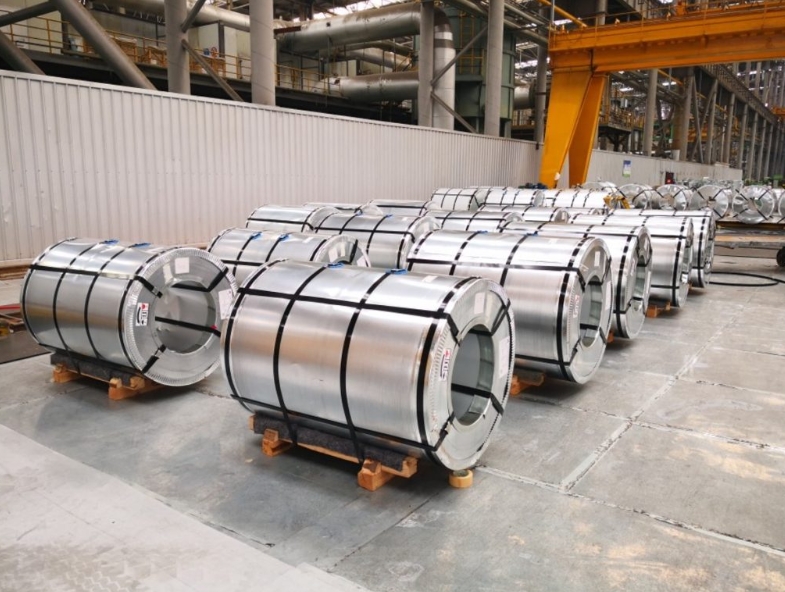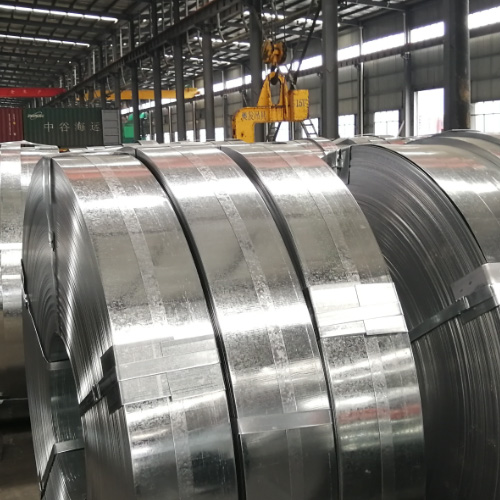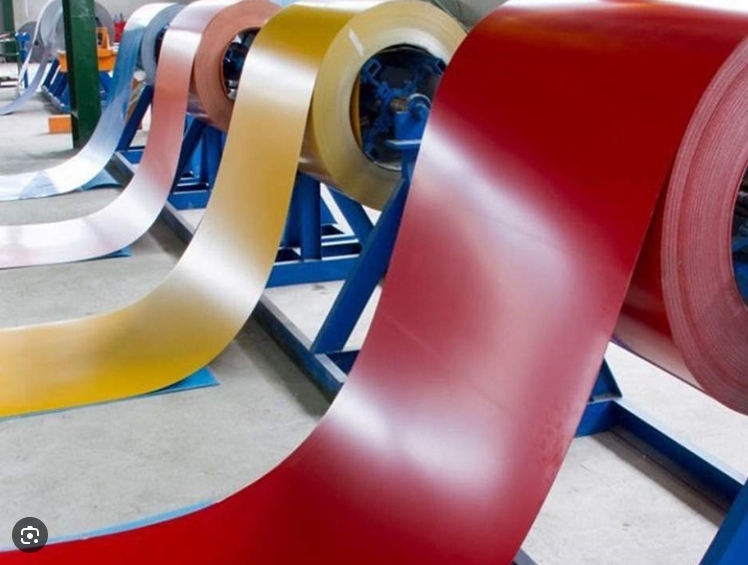Discover everything you should know about Galvalume steel coils in this comprehensive guide. Explore the composition, properties, and advantages of Galvalume steel coils, including their superior corrosion resistance and durability. Gain insights into the various applications and industries where Galvalume steel coils are used. Understand the factors affecting the price of Galvalume steel coils. Whether you’re a contractor, architect, or in the manufacturing industry, this guide will provide you with valuable information to make informed decisions. Expand your knowledge and make the most out of Galvalume steel coils with this comprehensive resource.

Definition of galvalume steel coil Galvalume steel coils, also known as Aluzinc steel coils, are a type of coated steel product that combines the corrosion resistance of aluminum with the galvanic protection of zinc. The term “Galvalume” is a registered trademark owned by BIEC International Inc., and it refers specifically to their product.
Galvalume steel is made by coating a steel substrate with a mixture of aluminum, zinc, and silicon. The coating is applied through a continuous hot-dip process, where the steel coil is immersed in a molten bath of the coating material. The coating composition typically consists of approximately 55% aluminum, 43.5% zinc, and 1.5% silicon.
The combination of aluminum and zinc offers excellent corrosion resistance, as both metals have inherent protective properties. The aluminum provides a self-healing mechanism, forming a thin, transparent oxide layer that prevents further corrosion, while the zinc acts as a sacrificial anode, protecting the underlying steel from rust. Galvalume steel coils are widely used in the construction industry for roofing, cladding, and other applications requiring corrosion-resistant and durable materials.
They offer a longer lifespan compared to traditional galvanized steel and are known for their superior resistance to atmospheric corrosion, heat, and sunlight exposure.





